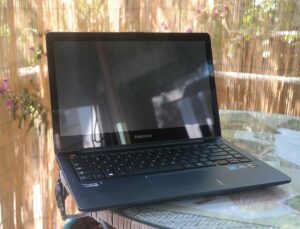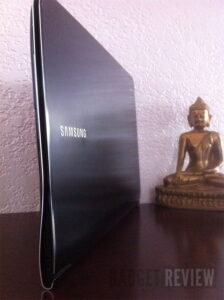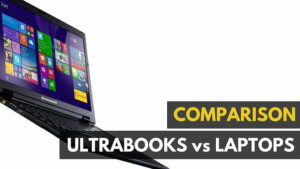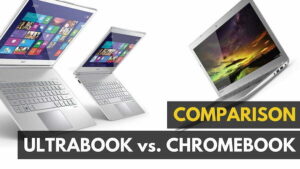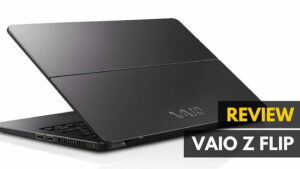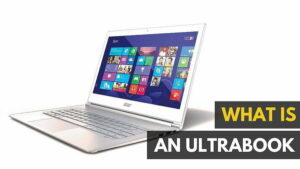Whether you are looking at the Dell Inspiron 11 3179 2-in-1 or a Samsung model, ultrabooks make life easier. Does this one have what it takes? Of laptops taking unto themselves the title “ultrabook”, the ENVY Touchsmart Ultrabook 4 is perhaps the greatest stretch of the term.
And yet there is so much to – excuse the pun – envy about about this large and in-charge machine. One that I can heartily recommend, even if your current laptop search parameters are for thin and light.
The HP ENVY Touchsmart Ultrabook 4 is essentially an everyday laptop, but the components are equivalent to what you would find in any competitive ultrabook (Ivy Bridge i5/i7 processor, DDR3 RAM, Intel HD 4000) with three major differences. The ENVY includes a 14″ 10-point touchscreen; the ENVY has a high-capacity hard disk drive (500GB) plus an SSD cache (instead of a smaller more expensive SSD); and it does all of that starting at $750. On a comparative scale, very few compete with such a boisterous build.
A 14″ Russian debutante compared to smaller, thinner, and more elegant laptops from the likes of ASUS, Apple, and other top rated Ultrabooks, HP clearly delineates from the norm with a 3.98 pound laptop that just barely meets the requirements set forth by Intel just a few short years ago.
Size & Design
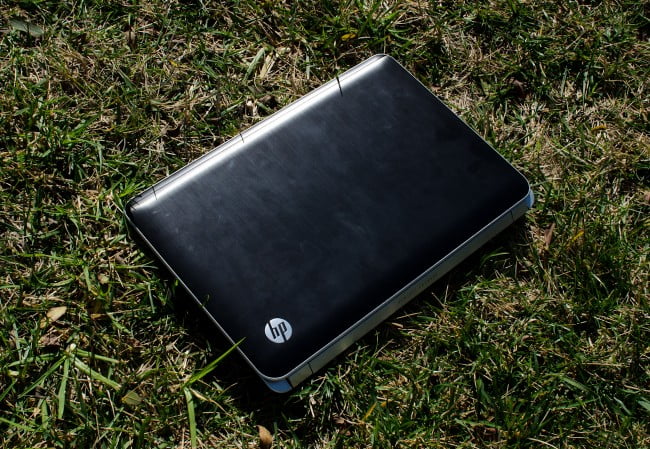
Considering that then, let’s clear up some of the fuss. It’s a large laptop: the 14″ display, the 3.98 pound frame, the 0.8″ girth. HP can call it an ultrabook if it likes, but the ENVY Touchsmart is a traditional laptop through and through, even subtracting the typical CD/DVD drive and discrete graphics. In truth, many laptops produced today could be called ultrabooks, but as consumers we search out that label. So it’s our own damn fault.
In any case, the ENVY is a charming, albeit large laptop. It’s sleek like a whale: smooth with precisely finished edges, all contained with a tantalizing design that’s both subdued and outspoken. In an office full of MacBooks it stands as a renegade, yet shares identical components. The tested model featured a 1.7GHz Intel i5 and 4GB of RAM, along with Windows 8 Pro, the aforementioned 500GB hard drive + cache, and a 4-cell battery listed to last up to 7:15 hours. The tested model goes for roughly $900, though buyers can upgrade to 8GB on their own for as little as $37 and save more money by sticking with the default i3 Between the two processors, the only difference applies to anyone planning on using virtual machines (the i3 does not support virtualization) or if there’s a need to boost with Turbo up to 2.6GHz.
The base model is roughly as powerful as the tested model considering component architecture. And if you just need a work machine, then I’d suggest sticking with the i3, which will provide the same amount of power for typical web browsing and word processing, and will hold up very well under stress without further draining the battery. The choice between the i3 and i5 is more about power consumption than it is use.
Because of the size, the ENVY has plenty of room for just about any port. It includes an Ethernet port (uncommon for ultrabooks), HDMI out, two USB 3.0 and one USB 2.0 port, a media card reader, and a 3.5mm auxiliary and microphone port.
See also: If you’re loking for a great Ultrabook for business then don’t miss our ASUS Expertbook B9450 review.
Display
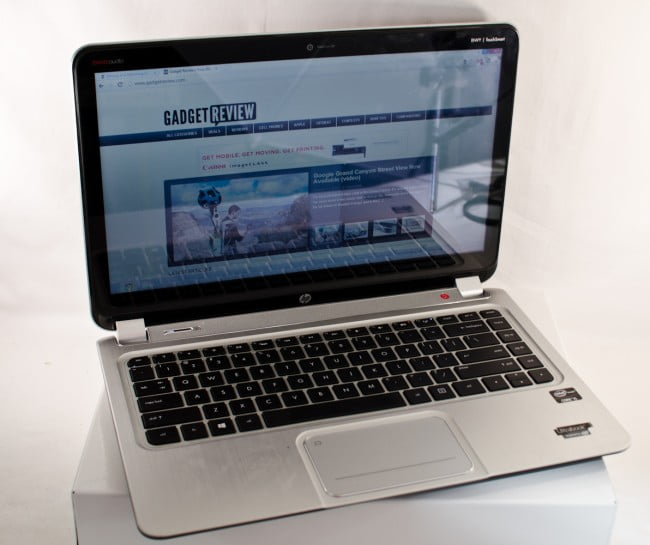
What sets the ENVY the best ultrabooks from its competition – at least for the moment – is the touchscreen. Sure, the relatively low-resolution 1366×768 display is fairly pathetic: a laptop with a 14″ display today should have at least 1440×900, if not 1680×1050 – but the touchscreen is an absolute joy. It is so spectacularly useful that when I moved offices and started using a 24″ external monitor, I found myself constantly disappointed that it wasn’t a touchscreen. The ability to touch the laptop display for simple functions like zooming or moving windows becomes second nature within a day of use. Losing that ability is heart wrenching.
Furthermore, the screen isn’t degraded after it’s filled with fingerprints thanks to how bright it can get and the generally good color contrast and performance. The screen won’t eschew compliments from bystanders, but it’s certainly good enough for viewing media and touching all the while.
In a strange way, the touchscreen actually affirms the 1366×768 display. Generally I recommend higher-resolution displays because they are clearer and provide better picture quality. But touchscreens don’t necessarily require that; in fact, they demand that users keep a safe distance away from the screen, at arm’s reach to be precise. If you want to zoom in on something, just pinch to zoom. If you’re too close, zoom out. This strange phenomenon is confusing at first, but welcome in many ways. A higher resolution 1920×1080 screen would be much more difficult to use on a 14″ display because everything would be smaller by default. In other words, highlighting text is much easier on a lower resolution like on the ENVY. As it stands, the Touchsmart is just fine the way it is.
Related: If you’re looking for other great touch-screen Ultrabooks then check out our Huawei Matebook 13 review.
Battery Life
Battery life is one of my larger concerns, which is why I recommend potential buyers stick with lower-end models. Currently the ENVY Touchsmart Ultrabook ships with a 4-cell bettery, which in my tests ran for roughly 5:30 hours on average. HP lists it at 7:15, though the glossy display requires high brightness levels to see beyond the glare and fingerprints. Furthermore leaving certain settings like Wi-Fi on full power, the norm for anyone who uses Wi-Fi only, keeps the battery life much lower than HP states. 5:30 for a laptop is fairly decent and nothing to be ashamed of, though unless users clean the screen regularly and keep brightness levels low, it’s going to remain much lower than advertised.
Keyboard and Mouse
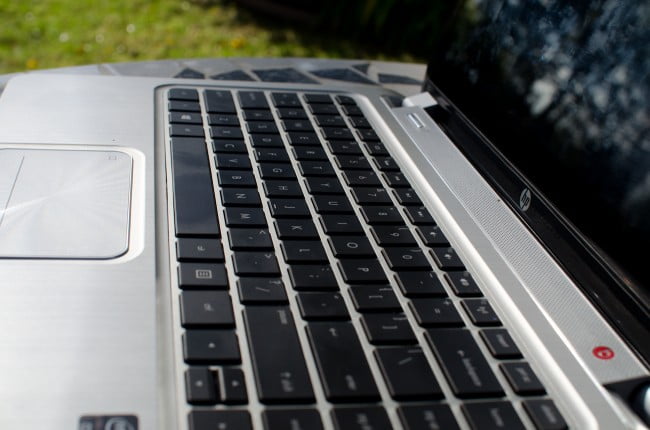
The keyboard and mouse are both excellent on the ENVY. Typing is a pleasure; the keys have a slight bounce but are supplemented by a very solid low-profile keypress. After significant use some of the keys did lose their feel, but in general the keyboard is well spaced and provides excellent type feel.
Like many Windows 8 machines and keyboard, the function buttons are set to provide alternate uses instead of traditional Windows computers, like Macs do. For instance, media keys, mute, volume adjustment, and brightness settings are all available one keypress away. I highly recommend getting the backlight illumination, which activates with one button press and doesn’t stifle keystrokes.
The trackpad is mid-sized, glossy, and fluid. It’s also very tactile thanks to the partially scratchy surface, which makes it easy to feel when in use. It isn’t perfectly spaced; the trackpad is dead center on the laptop, and would fit better more to the left so users don’t accidentally press with their right hand.
Thanks to the texture of the trackpad it doesn’t become harder to use if your hands are too dry or too moist, a common problem on laptop trackpads. In any condition this trackpad has been excellent to use. Which is amusing, because the touchscreen is much more comfortable to use except when typing. The trackpad also includes a simple shutoff key on the top right so users don’t accidentally use it, and only rely on the touchscreen.
Audio
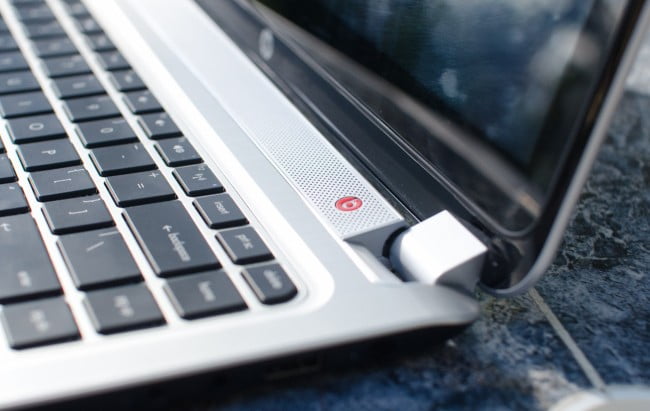
Considering the ENVY’s Beats Audio integration, one would assume (safely) that the sound quality is quite good. It is thanks to a soundbar-like speaker and finely tuned acoustics that produce clear sound that is rarely off-pitch and very smooth. For a laptop of this size that’s impressive; most laptops still unfortunately come with horrid audio and poorly placed speakers. On the ENVY users can watch a movie without headphones and still get loud, though not booming sound.
Hard Drive
My only complaint concerning the componentry is the hard drive. There’s only one option: a 500GB HDD with a 32GB cache. I’ve been testing SSD cache’s lately and while my everyday use of this one proved excellent, for more invested and technical users 32GB isn’t enough. Major applications like Photoshop, video editing tools, and other applications can slow any machine with a cache to a crawl. Especially for power users who never shut their laptops down and constantly have heavy applications open.
500GB of space is excellent, though for any ultrabook the question becomes one of security. A hard disk can break pretty easily, even if it’s enclosed in a 4 pound laptop. An SSD won’t. Still, for everyday users the cache speeds up general applications like the web browser, OS startup, and typical productivity tools like Microsoft Office. As a business machine the Ultrabook 4 is excellent; in my own daily use it has helped a company of Apple-only users on five separate accounts in just three weeks.
However, when I used the laptop as a desktop replacement for photo editing, occasional gaming, and a lot of consistent heavy use, the greatest culprit of slowdown proved to be the hard disk. Sure, the Windows Experience Index may say that the bottleneck is graphics, but immediately afterwards is RAM (due to only 4GB) and the HDD.
Conclusion
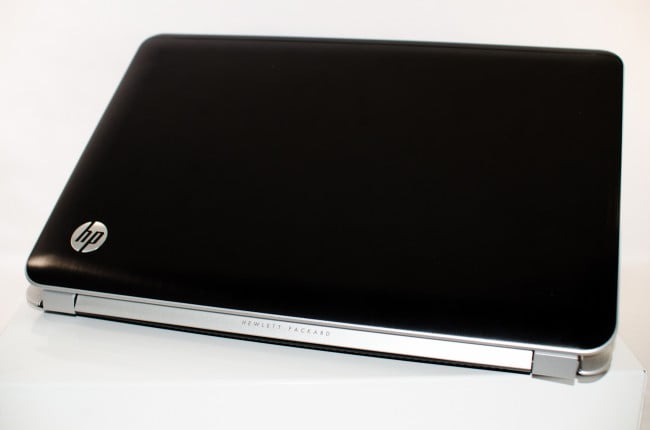
As much as I’ve enjoyed using the ENVY Touchsmart Ultrabook 4, there are a few blatant things that keep it from being more than just an excellent laptop. Because it is excellent. The ENVY is a great, high-quality laptop.
The first and post critical is the hard drive, or rather no option to upgrade/replace the 500GB drive + SSD cache with a plain old SSD. These days, you can get a decent 128GB SSD for under $100 or a 256GB SSD for just over $150. Both are reasonable deals, but HP doesn’t offer that as an option.
Next and lastly is the size and weight, which is as big as an ultrabook should ever be. This sort of machine is the kind I’d want to take in a plane, but would be afraid to purchase because 13″ displays are as big as standard coach seats will afford space for.
Those pains aside, the ENVY Touchsmart Ultrabook 4 is an impressive laptop. It’s one of the few that not only work as a desktop replacement thanks to the excellent components, a great keyboard and mouse, and the fantastic touchscreen, but demands to be so. Going to a non-touchscreen PC is a difficult and repugnant downgrade. After using the ENVY, you won’t want to. In this one way, the significantly worse battery life than marketed is indefensible.
Powerful and affordable, there are tablets more expensive and far less potent. The ENVY Touchsmart Ultrabook 4 is a powerful laptop that is excellent for business or pleasure, demands to be touched, and that will last for years to come. Even if it is a bigger weight on your shoulders.
Editor’s Rating:
[Rating: 4.5/5]
Excellent
Bottom Line: The HP ENVY Touchsmart 4 is an excellent laptop for business or personal use. The touchscreen and excellent keyboard, trackpad, and speed, along with a great price, make it an easy buy. No SSD option and around five hours of battery life, plus the large size and weight for an ultrabook, make it appear much worse than it truly is.
Pros:
- The touchscreen will make you a believer in Windows 8
- Excellent keyboard and trackpad; great for heavy typists
- Excellent price for the available components
- Audio quality is superb
- Includes Ethernet port and HDMI out
Cons:
- Large; it’s the biggest ultrabook ever, in size and weight
- Battery life is significantly less than advertised at 5.5 hours
- Available upgrades are limited and expensive; no SSD upgrade
Related Articles:
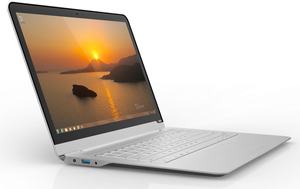
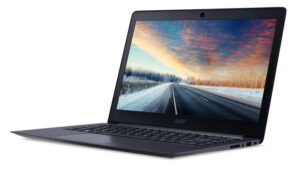

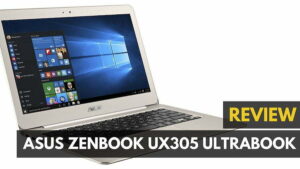
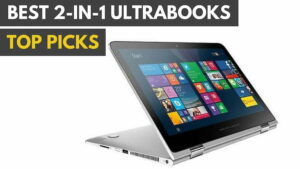
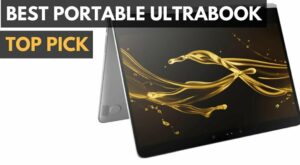
![Best Ultrabook Under $500 in [year] 7 The top ultrabooks under $500.|Best Ultrabook Under $500||||#1 Best Ultrabook Under $500|#2 Best Ultrabook Under $500||#3 Best Ultrabook Under $500|](https://www.gadgetreview.dev/wp-content/uploads/best-ultrabook-under-500-300x165.jpg)
![Best Value Ultrabook in [year] ([month] Reviews) 8 The top rated and most value oriented Ultrabooks.](https://www.gadgetreview.dev/wp-content/uploads/best-value-ultrabook-300x169.jpg)
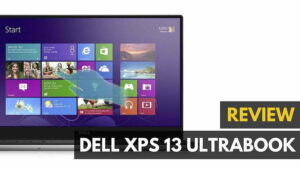
![Lightest Ultrabooks in [year] 10 Lightest Ultrabooks you can buy||||#5 lightest ultrabooks in 2016|#4 lightest ultrabooks in 2016||#2 lightest ultrabook 2016|#1 lightest ultrabook for 2016|#3 lightest ultrabook for 2016||||||Lightest Ultrabook for 2016|Lightest Ultrabooks you can buy](https://www.gadgetreview.dev/wp-content/uploads/lightest-ultrabooks-1-300x169.jpg)
